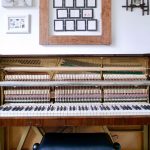Berta Blanca T. Ivanow’s hands (Barcelona, 1992) have always harboured something primal. It was they that led her to sculpture. “I felt they wanted to mould clay,” she confesses. “I didn’t know how or why.” Drawn to the work of Miquel Barceló, she wrote to him during her university years, hoping to become his assistant. When she visited his studio in Le Marais, the master declined her offer: “To find your own voice and your own art, you must go out and seek it, to experiment beyond these walls.”
And so began a journey that took her from London to New York, from Florence to the rural landscapes of Catalonia. At times, driven by the urgency to escape the familiar, by the need for expansion; at others, by the desire to find silence, stillness, herself. A “search for answers” in which she experimented with bodies—of flesh and of clay—, mastered technique and forged an alliance with fire, water, air, and earth. “Clay is a vessel of memory,” she states. Since then, Berta has devoted herself to writing her history in it, turning it into an archaeology of her present.
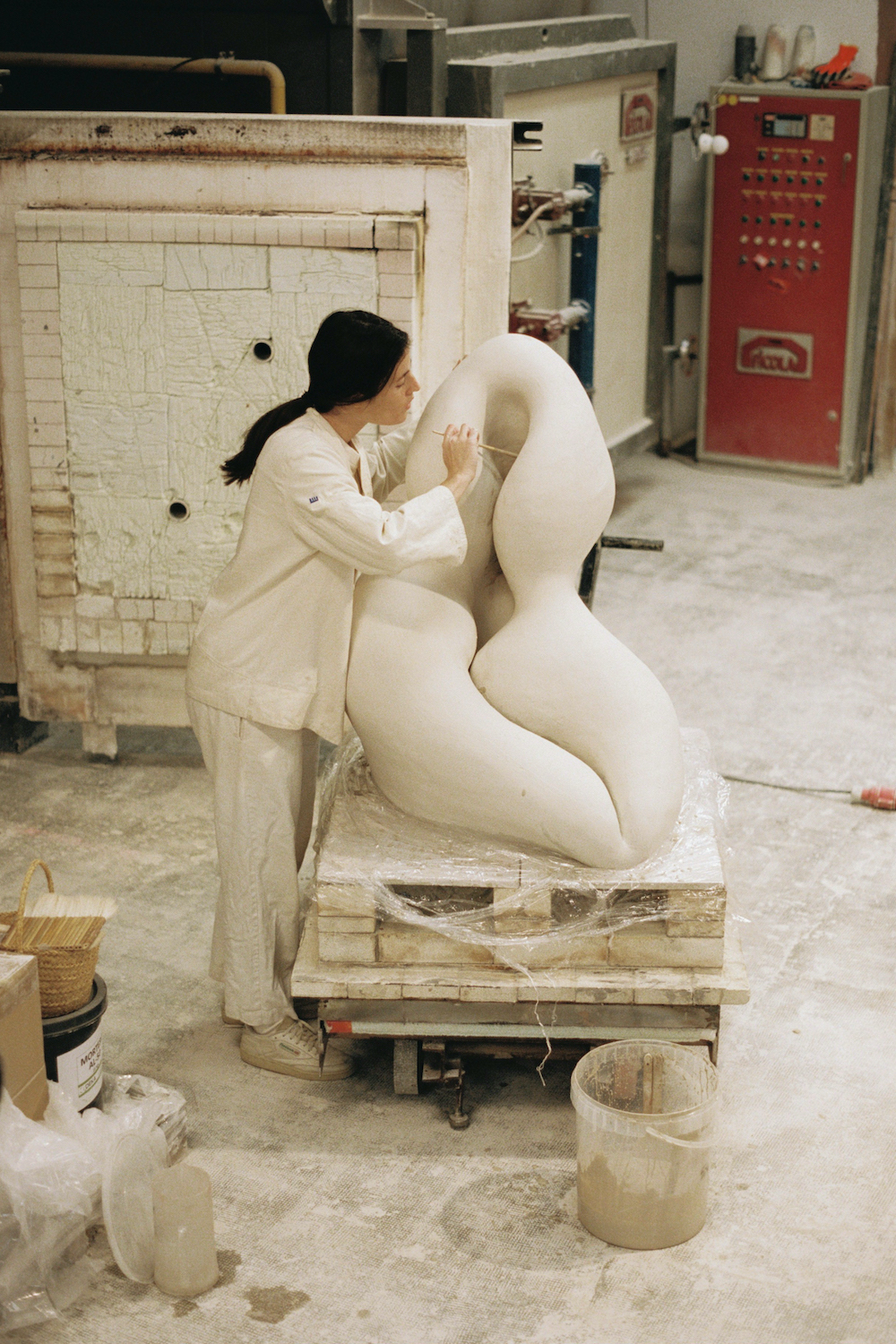
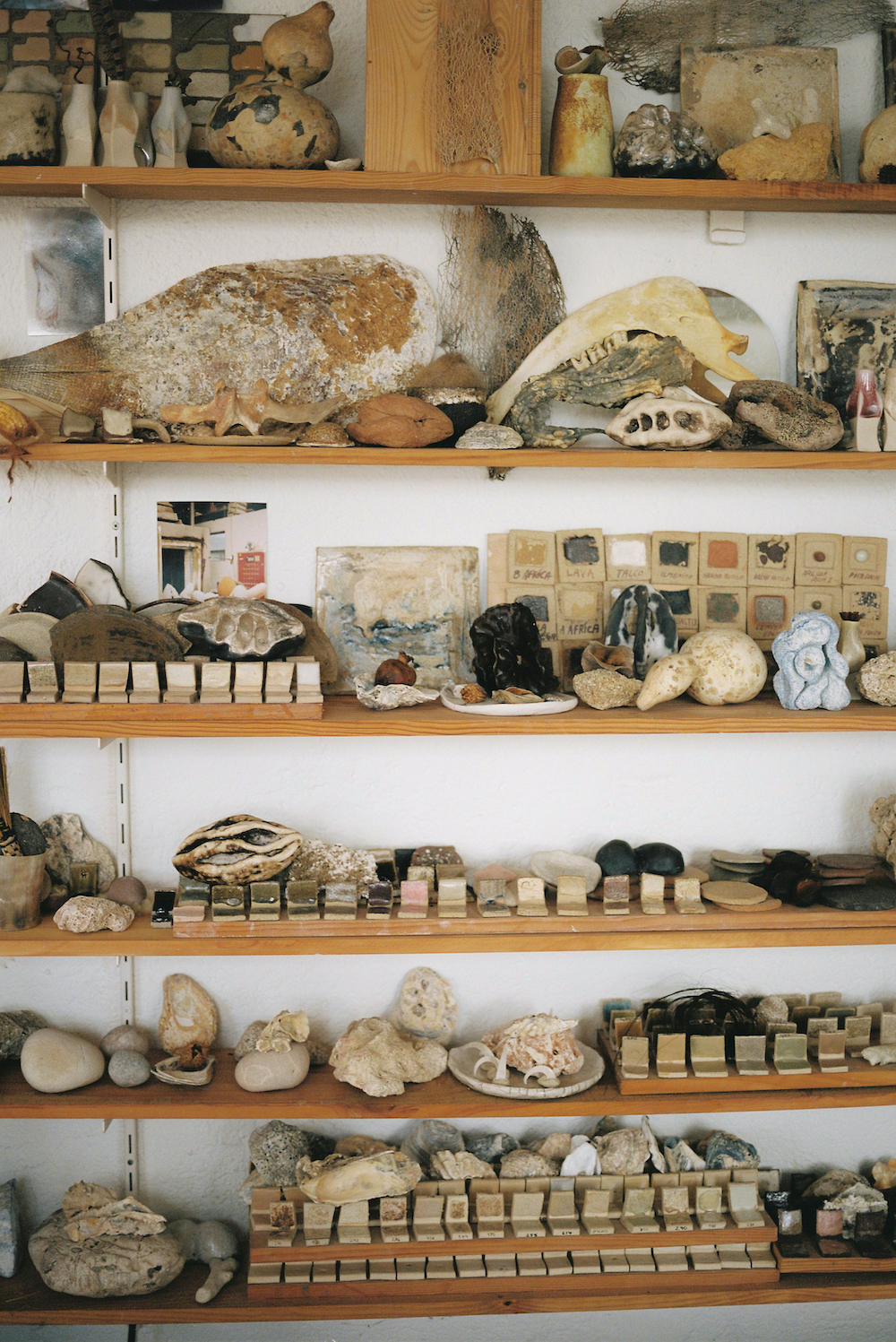
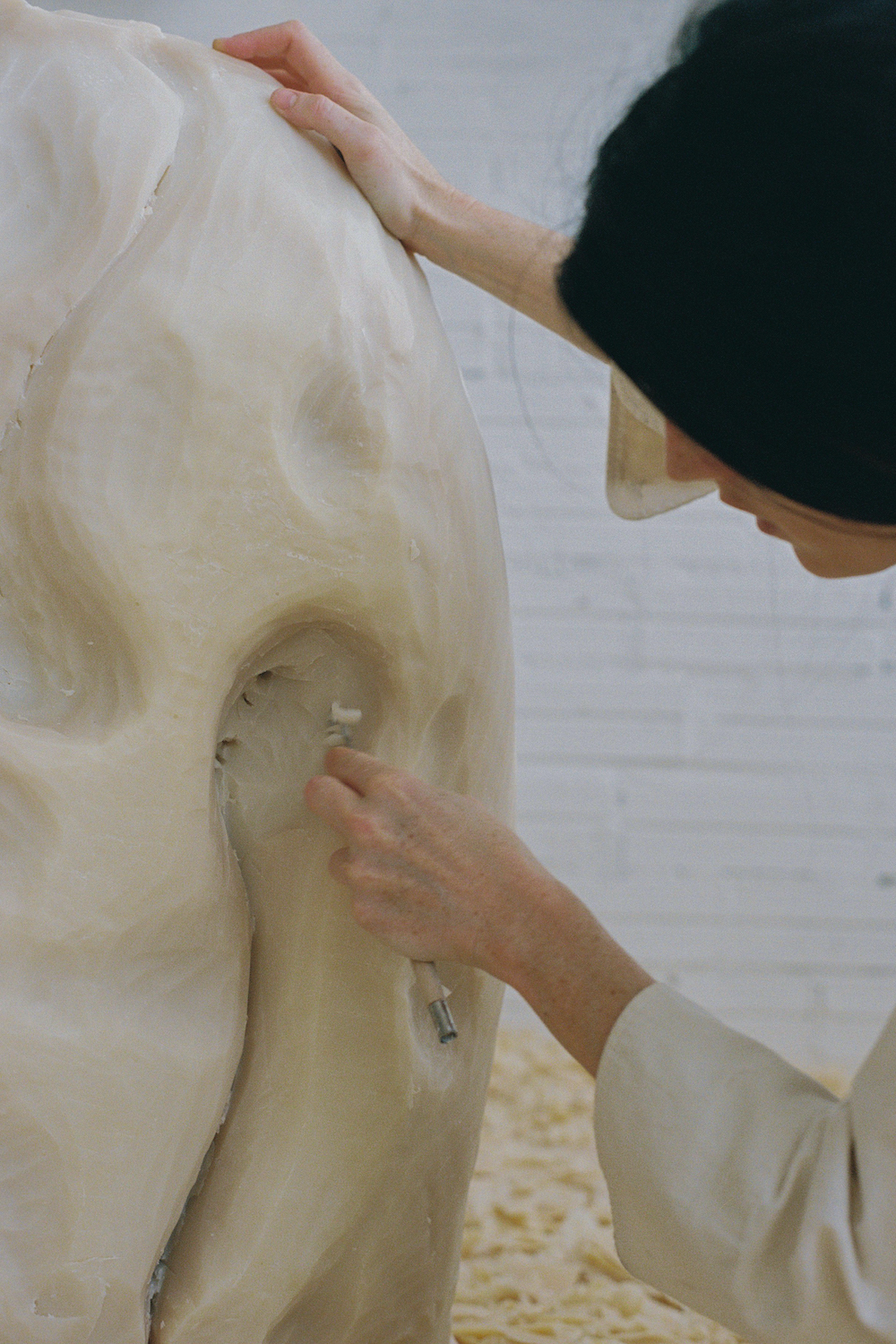
Her thirst for discovery never ceases. “I am like the snake in the Chinese calendar: I must shed my skin to move beyond the known and transform what no longer serves me,” she says. In her studio in Teià, just half an hour from Barcelona, she has found her “sacred temple.” Among sea breezes and Mediterranean pine forests, the material rests, waiting, untouched by the demands of time. Stones weathered by the ocean, trunks twisted by the seasons, clays gathered on her travels, horsehair, salts, ashes. A personal ecosystem where conversations with nature emerge. “If we rush, we will never savour the simple act of peeling a potato. Where are we going in such a hurry?” she wonders.

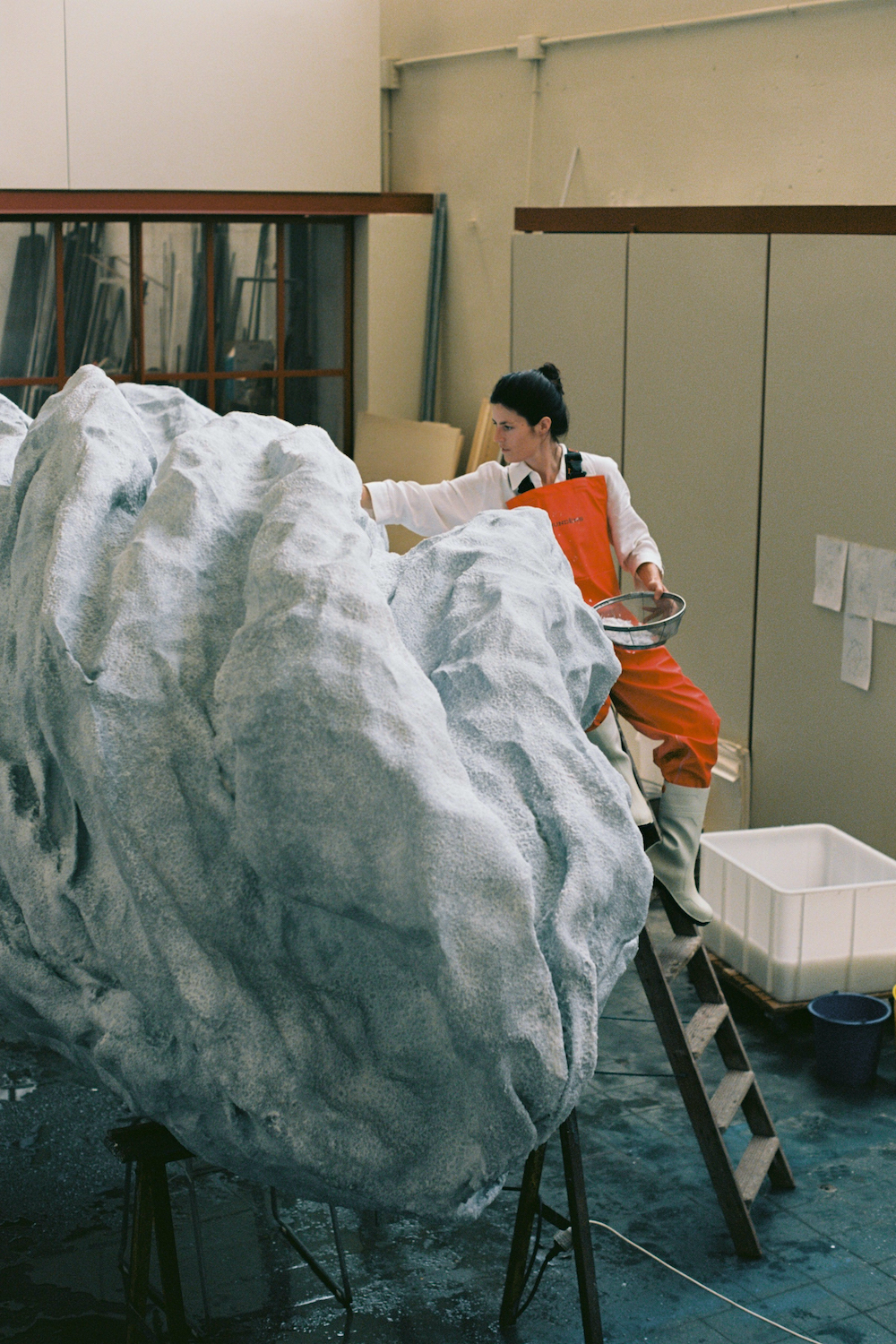
In this laboratory of gestures and silences, the artist sculpts bodies in metamorphosis, organisms that evoke wombs, living skins. Her fascination with impermanence is absolute. “We spend our lives smoothing out wrinkles, concealing cracks, polishing our image. The great truth is that, with all these modern antidotes, we are merely scratching the surface.” In the fissure, Berta finds possibility. An enemy of the static, her practice is an exploration of corporeality. “What would happen if my vertebrae expanded into forms we carried on our backs? If my belly inflated with air and punctured? If my arms intertwined and knotted themselves?” These are some of the questions she inscribes—never entirely resolved—into her own peculiar anatomy.
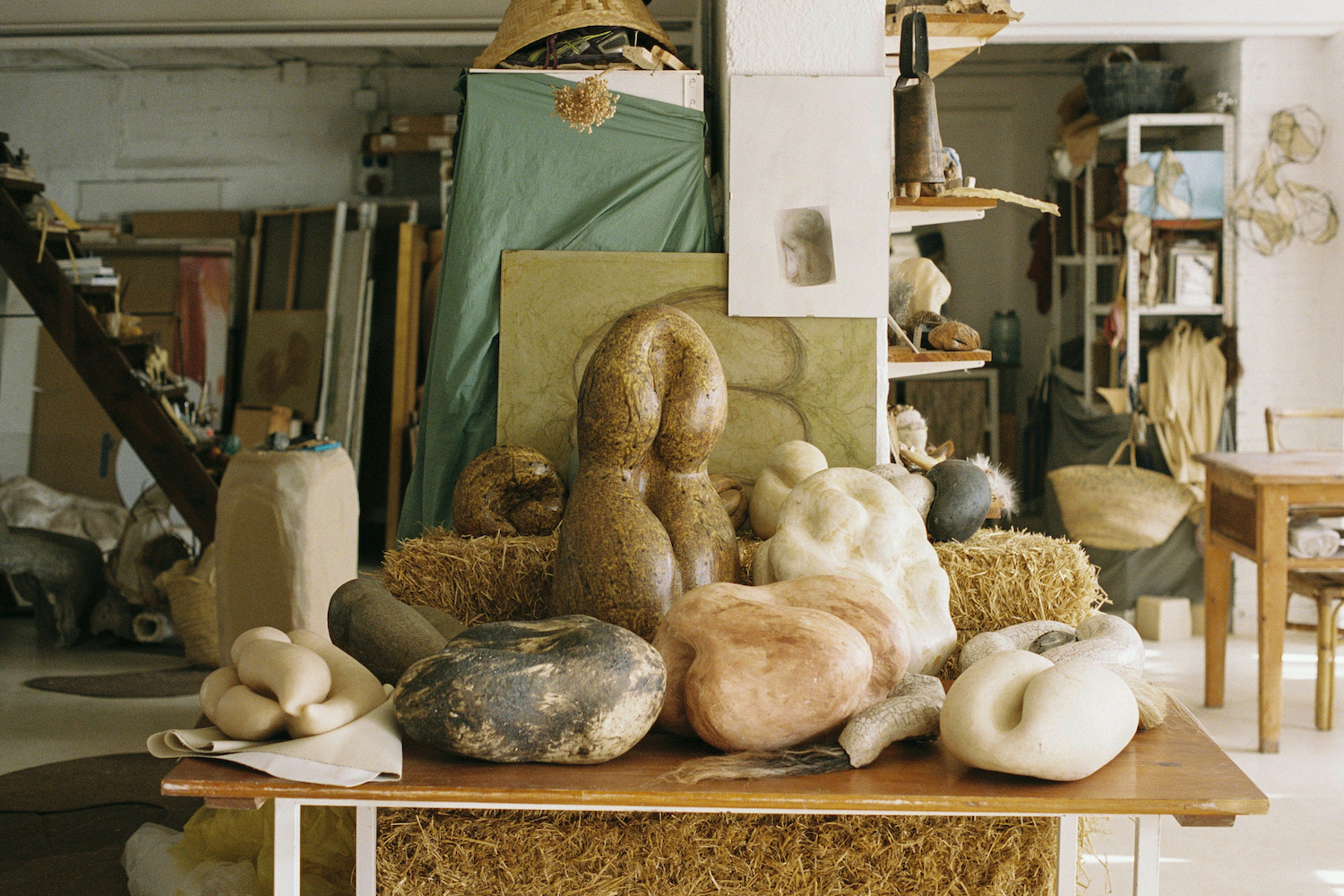
Her gestation, intuitive and visceral, reclaims touch. “I want visitors to merge with the work and feel it through the animal, the erotic.” This is why, in her exhibition Corps Messagers, she challenged the distance imposed by museums and art galleries. “I try to understand the world through senses beyond sight, which is so connected to the cerebral.”
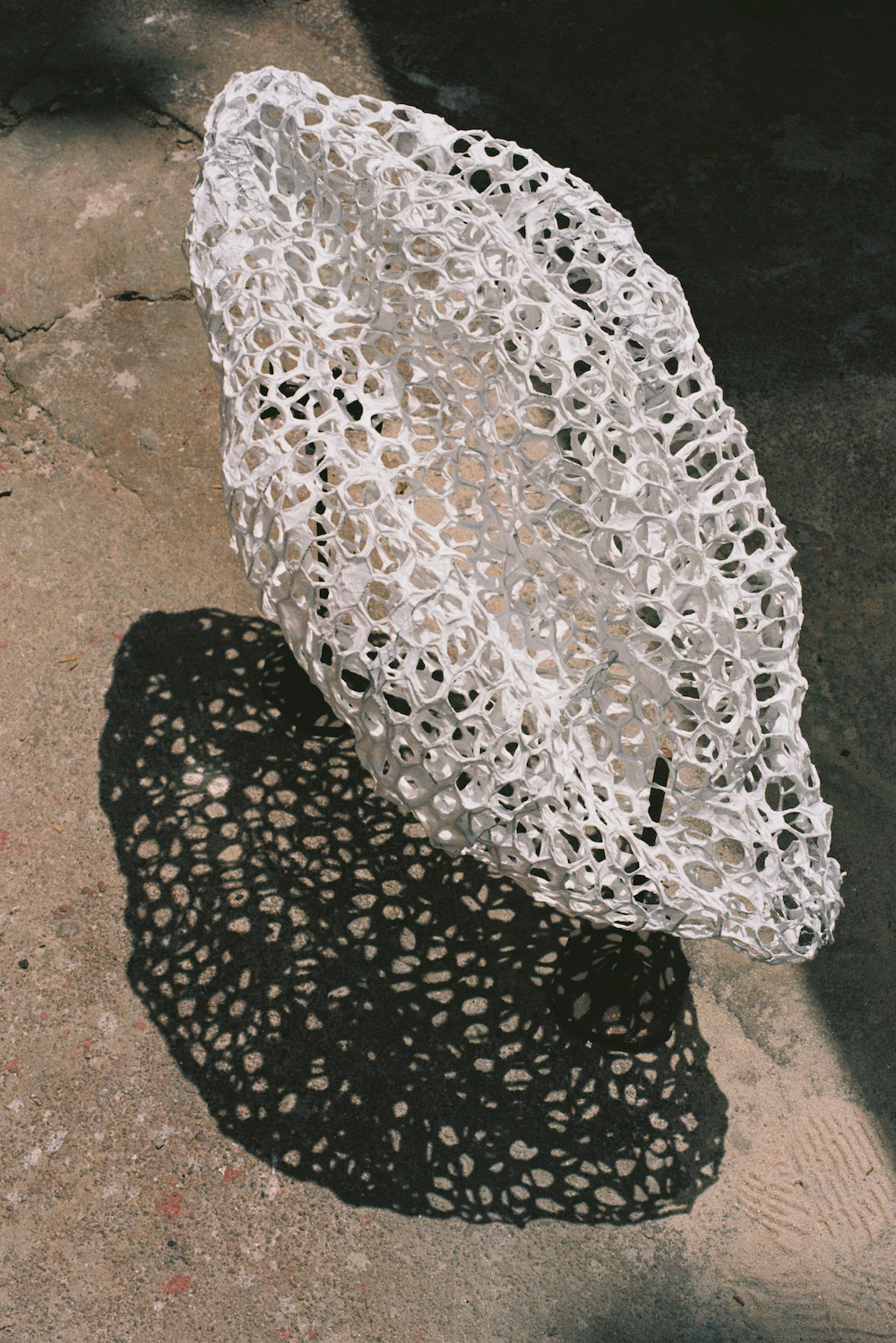
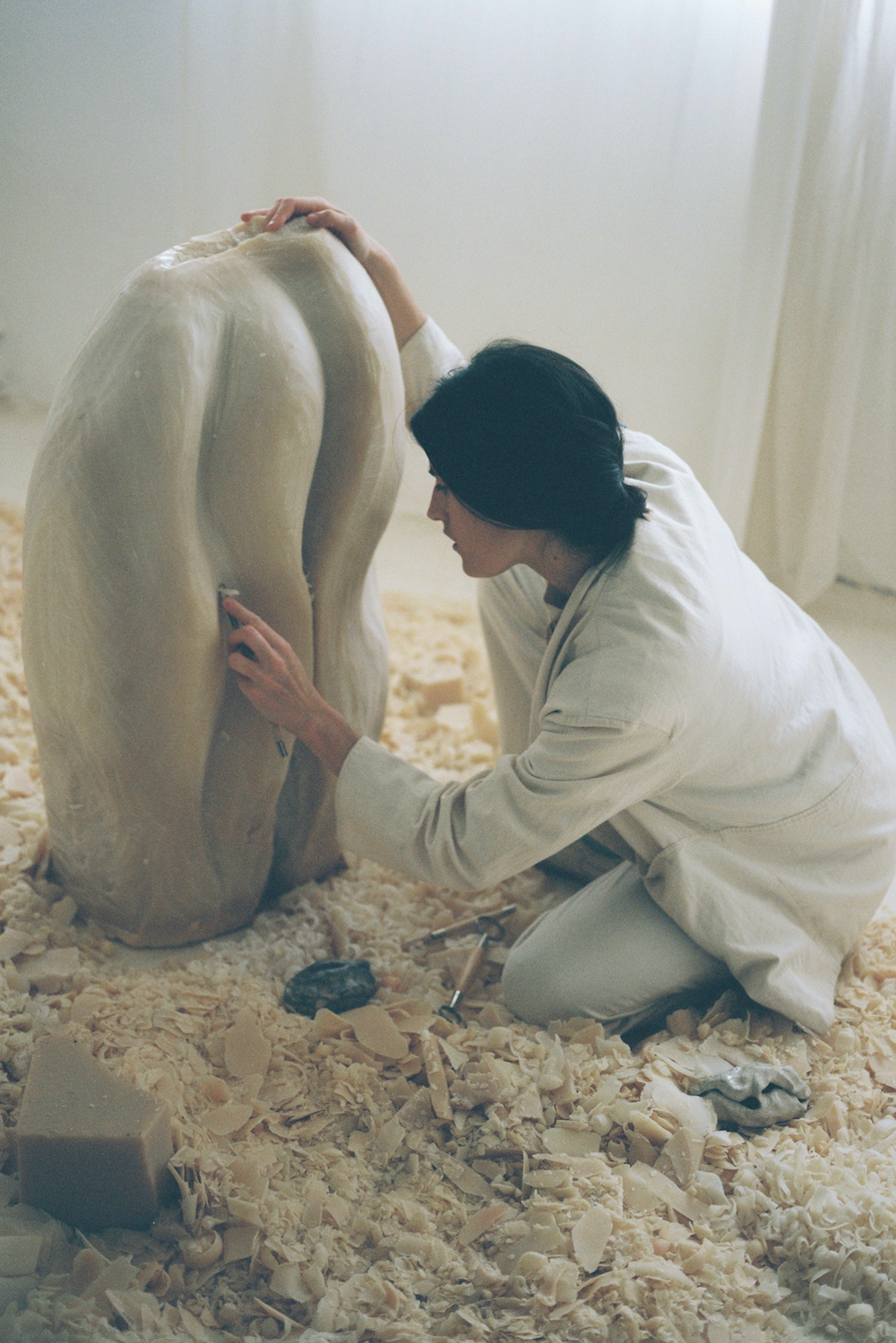

It is no surprise, then, that materiality is the nuclear core of her practice. Clay, paper, metal, soap—each element holds within it an accident, the awakening of a volume, a language in the making. “There are always surprises when I open the kiln; that’s why I’m so addicted to it,” she says. The hand of chance accompanies Berta as she leaves her imprint on the material. “That game, that uncertainty, is what keeps me alive.”
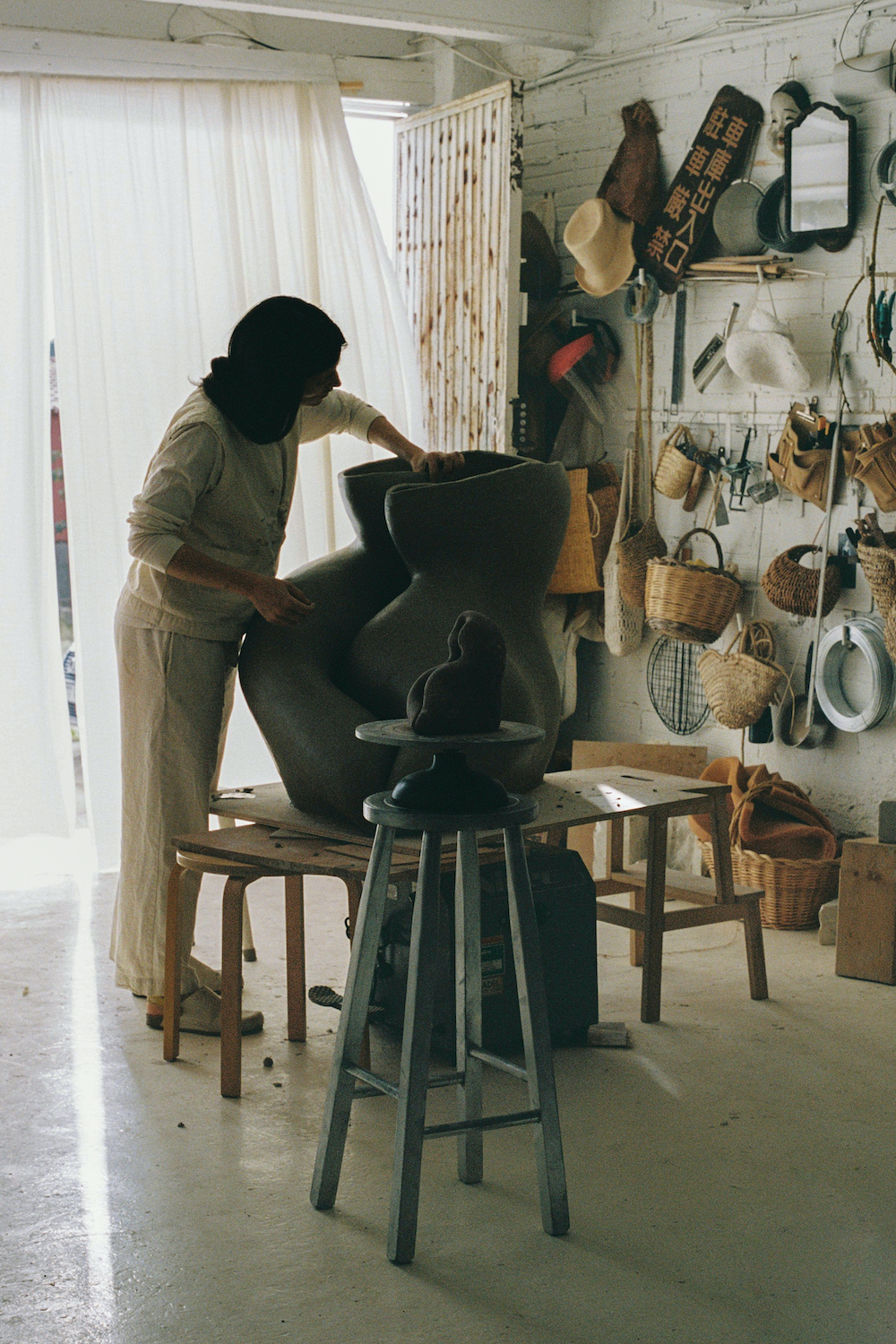

In Berta Blanca’s sculptural garden, in perpetual mutation, something endures, slipping free from the passage of time. Memory remains, the trace of what her hands once shaped in the world. “How envious I am—one day I will be gone, but this work may remain in this world for hundreds of years beyond me!”




